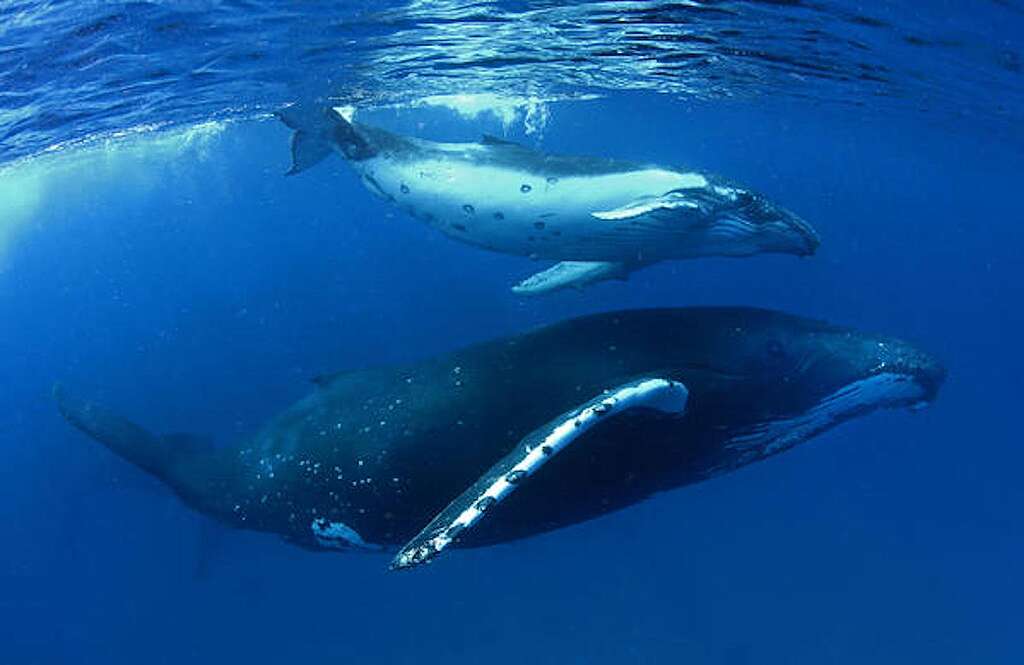The ocean crisis is a global challenge, and one of the most effective solutions lies in creating ocean sanctuaries—protected areas free from destructive activities. These sanctuaries not only allow marine life to recover and thrive but also safeguard vital blue carbon stores, coral reefs, seagrass meadows, and underwater ecosystems. To address this crisis, it is critical to protect at least 30% of the oceans by 2030, a goal known as the 30×30 initiative.

In an Australian first, Greenpeace unveiled its new campaigning vessel in Coomera, Gold Coast. Oceania is the first and only Greenpeace ship dedicated to protecting the Australia and Pacific region and will join the most powerful environmental fleet in the world. © Greenpeace
A Historic Milestone: The Global Ocean Treaty
Through the power of collective action, the world recently celebrated a major achievement: the adoption of the Global Ocean Treaty. This treaty marks the first significant step toward creating a global network of ocean sanctuaries. But the journey is just beginning. The next phase is to ensure the swift ratification of this treaty and begin establishing the first high-seas sanctuaries under its framework.
Greenpeace’s Role in Ocean Protection
Greenpeace has been at the forefront of marine conservation, working on both land and sea. Our ships have been crucial in conducting groundbreaking scientific research and challenging destructive industries in areas proposed for sanctuary status. We have also worked with governments, local communities, and global citizens to amplify the call for ocean protection.
In 2024, Greenpeace ships sailed around the globe, visiting iconic marine locations such as the Indian Ocean, Sargasso Sea, Emperor Seamounts, and South Tasman Sea. These expeditions have allowed scientists to conduct cutting-edge research, and our crews have confronted harmful practices like deep-sea mining, exposing the threats they pose to these fragile ecosystems.
Showcasing Remote, Unique Ecosystems
Greenpeace’s ships serve as floating platforms for scientific research, bringing attention to remote parts of the ocean that are often out of sight and out of mind. These expeditions have taken us from the Arctic to the Clarion Clipperton Zone and the Emperor Seamounts, highlighting the importance of ocean protection. By showcasing the wonders of these deep-ocean environments, we build the case for their preservation.
Despite their distance from everyday life, places like the Sargasso Sea, South Tasman Sea, and Emperor Seamounts are critical to the health of our planet. These unique ecosystems provide homes for rare species, support biodiversity, and act as essential carbon sinks. Our mission is to bring their stories to the world and emphasise why protecting them matters to everyone.
Global Ocean Protection Locations
Greenpeace ships have visited several locations that are home to some of the most spectacular marine life and habitats. From deep-sea coral formations to vast seagrass meadows, these areas are crucial for maintaining a healthy ocean ecosystem. Here are some key locations:
1. Galapagos Marine Reserve
The Galapagos Islands are renowned for their biodiversity, and the surrounding marine reserve is a shining example of successful ocean protection. However, just outside the reserve lies the Eastern Tropical Pacific Marine Corridor—a migratory “superhighway” for species such as whales, sharks, and turtles. Protecting this corridor is vital to safeguarding these species beyond the Galapagos’ boundaries.
2. Indian Ocean and the Saya de Malha Bank
In early 2024, the Greenpeace ship Rainbow Warrior partnered with scientists to study seagrass meadows in the Indian Ocean. These meadows play a vital role in storing carbon and mitigating climate change. The Saya de Malha Bank, one of the largest seagrass meadows in the world, is a key area for these efforts. By protecting such regions, we can combat climate change while preserving marine biodiversity.
3. The Sargasso Sea
The Sargasso Sea is a unique body of water in the North Atlantic, surrounded by major ocean currents rather than land. It is home to diverse marine life, including 145 invertebrate species and over 127 species of fish. This area acts as an ecological crossroads, linking ecosystems across the Atlantic. Despite being far from land, it is essential for species like eels, tuna, and sea turtles. The Sargasso Sea is a high priority for protection due to its unique and diverse ecosystem.
4. Emperor Seamounts
The Emperor Seamounts are a chain of over 80 seamounts in the North Pacific. These underwater mountains are biodiversity hotspots, supporting species that are often found nowhere else. However, they face threats from activities such as bottom trawling. Protecting these seamounts is a critical step toward preserving ocean biodiversity and preventing further damage.
5. South Tasman Sea / Lord Howe Rise
Located between Australia and New Zealand, this region supports diverse marine communities, including cold-water corals, sponges, and a variety of fish species. Many areas remain unexplored, and new discoveries are likely. The South Tasman Sea is also a migratory pathway for species like humpback whales, highlighting its importance for ocean health.
Members of the Greenpeace Australia Pacific team will be embarking on a trip to the Lord Howe Rise in November 2024 to document the unique marine species, bird life and ecosystems of this volcanic lost world
A Call to Action: Protecting 30% of the Oceans by 2030
The recent Global Ocean Treaty has set the stage for a brighter future for our oceans. By working together—scientists, activists, local communities, and governments—we can ensure the treaty is ratified and implemented quickly. The goal is clear: protect 30% of the world’s oceans by 2030, creating a network of sanctuaries that allow marine life to recover and thrive.
Through ongoing scientific research, public campaigns, and international cooperation, Greenpeace will continue to advocate for the oceans. Our ships will sail on, shining a spotlight on the wonders of the ocean and the need to protect them.
Together, we can turn the tide and safeguard the world’s oceans for future generations.

The Global Ocean Treaty is one of the most important international conservation agreements in history and the first focused on conserving marine life on the High Seas.
Get Involved